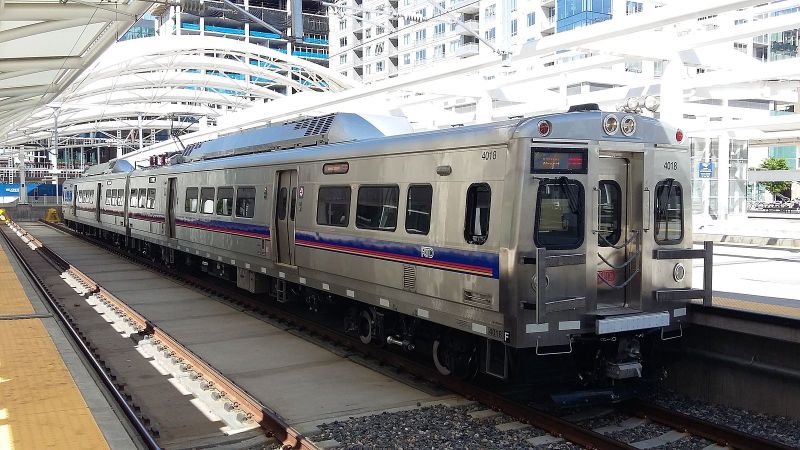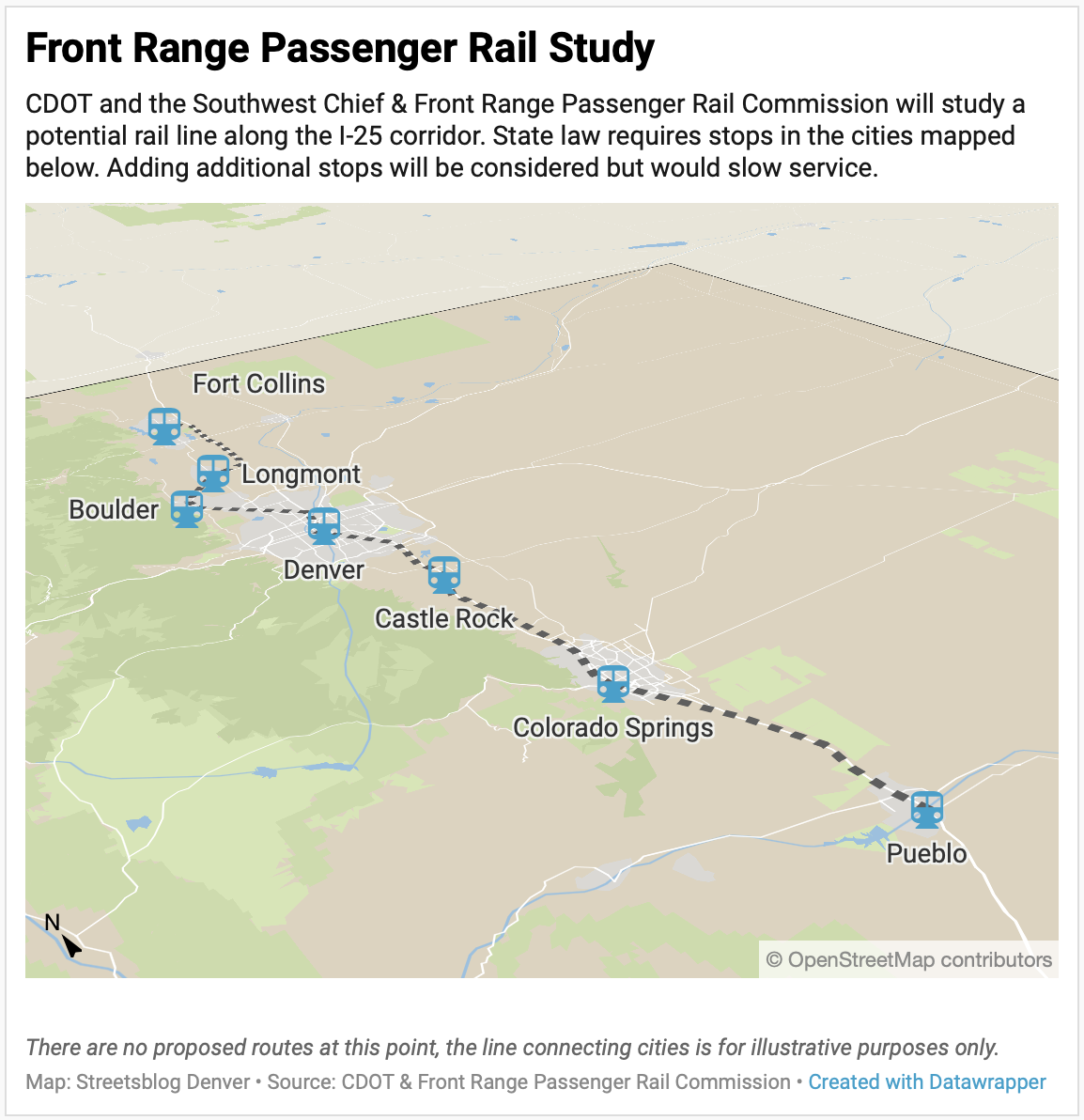After Study of High-Speed Rail Along Front Range, Slower, Cheaper Trains More Likely

As soon as next year, voters could approve a passenger rail line that would extend along the Front Range from Pueblo and Colorado Springs to Boulder and Fort Collins, with other stops along the way.

- In 2010, a study determined that high-speed rail is feasible along both the I-70 and I-25 corridors
- Speeds would need to reach 90 mph or more to attract riders, according to the Rocky Mountain Rail Authority’s report
- A new study, announced Tuesday, will build on earlier reports, including the high-speed rail study
- The Obama administration had earmarked billions in funding for a potential high-speed rail network in the region
- That funding is no longer available under the current administration in Washington
- The new study will consider high-speed rail, but given voters’ recent rejection of funding for other transportation projects, slower, lower-cost technologies that do not reach 90 mph are likely to be recommended
- The state legislature could consider the new study’s recommendations as soon as this winter and put the new rail line on the 2020 ballot
- Only voters along the Front Range would be asked to consider the proposition
Sources: Harry Dale, former head of the Rocky Mountain Rail Authority; Randy Grauberger, project director Southwest Chief & Front Range Passenger Rail Commission; David Krutsinger, transit and rail director, Colorado Department of Transportation.


